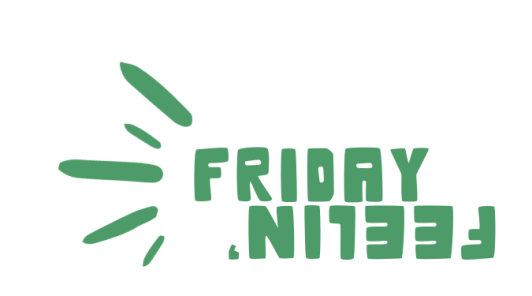When we talk about the psychology of wearing hats, it's far beyond just keeping your head warm or protecting you from the sun. Wearing a hat can reveal a lot about a person's attitude, personality, and level of confidence. It’s amazing how a basic accessory can elevate a user's personality and overall appearance.
In this blog, we will explore the psychology of wearing hats.
The Main Psychological Aspects Of Wearing A Hat

Here are the factors or the psychological aspects behind wearing hats:
Self-Expression and Identity
Hats are a symbol of self-expression and identity. They shield you from the sun and can convey your ideas, attitudes, interests, and many more. Choosing specific colors, textures, shapes, and styles will become a statement. It’s a way to distinguish yourself from others. For example, baseball caps represent sports enthusiasm, whereas beanies represent a laid-back style. Essentially, hats become more than just useful items; they are physical manifestations of the intangible parts of identity that enable people to express who they are to the world without using words.
Confidence and Self-Esteem
Wearing hats is a perfect way to boost confidence and self-esteem. People who experience social anxiety can feel protected when wearing a trucker hat. Hats offer security and confidence, and people feel less exposed. Fedoras, or wide-brimmed hats, are mostly associated with confidence and self-esteem. By wearing such a hat, people might give the impression that they are confident, which can help them feel more confident.
Social Signaling
Hats can also show social status, power, affiliations, and societal political leanings. In the good old days, people used to wear hats to show their social rank and power. In the current scenario, some hat styles show the same features. For example, uniform hats represent affiliation or a profession. A designer hat represents an image of wealth and sophistication. Most subcultures and movements usually adopt a specific hat style as a symbol of their motive or identity.
Protection and Comfort
Besides being a stylish summer accessory, hats have practical benefits, including protection from the sun, wind, and harsh weather conditions. This provides great comfort to the user, who knows that they are safe from environmental discomfort. This feeling of physical comfort can eliminate stress and increase relaxation, ensuring overall well-being. Fundamentally, hats' reassuring and protective qualities go beyond their practical use, enhancing mental and physical security.
Insecurities and Masking
Using hats to cover up fears is a delicate and frequently very personal part of their psychological significance. For some people, wearing hats becomes a way to hide their insecurities or mask their flaws from society. A common insecurity is hair loss due to a medical condition or natural causes, which can be hidden with the help of wearing summer trucker hats. In this case, a hat provides confidence and allows individuals to interact in social gatherings without feeling awkward or shy.
Hat Style Examples and Their Effects On Psychology
Some of the examples of hat styles and their psychological implications are as follows:
- Baseball Caps: They are perfect for sporty enthusiasm or a youthful vibe. They are often related to casual and laid-back looks.
- Beanies: They convey a sense of warmth and comfort and mostly signify a creative and laid-back personality.
- Fedoras: They can represent confidence, style, and a sense of sophistication. They look vintage or classic.
- Flat Bill Hats: They are perfect for making a statement or standing out from the crowd. They usually represent streetwear fashion and urban coolness.

